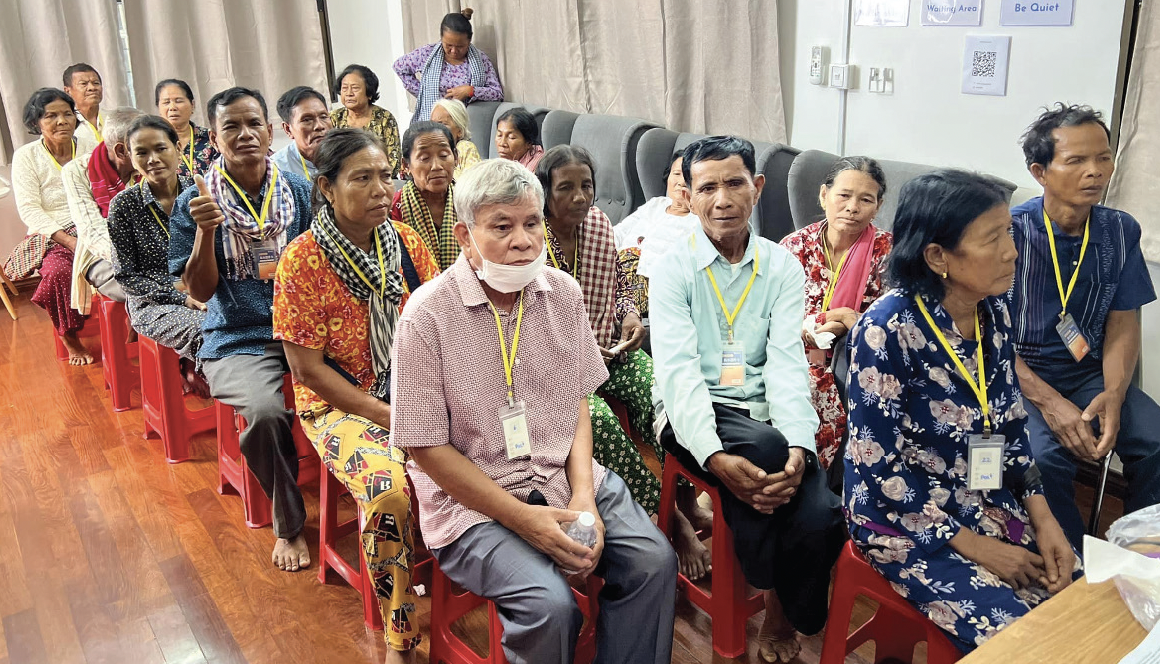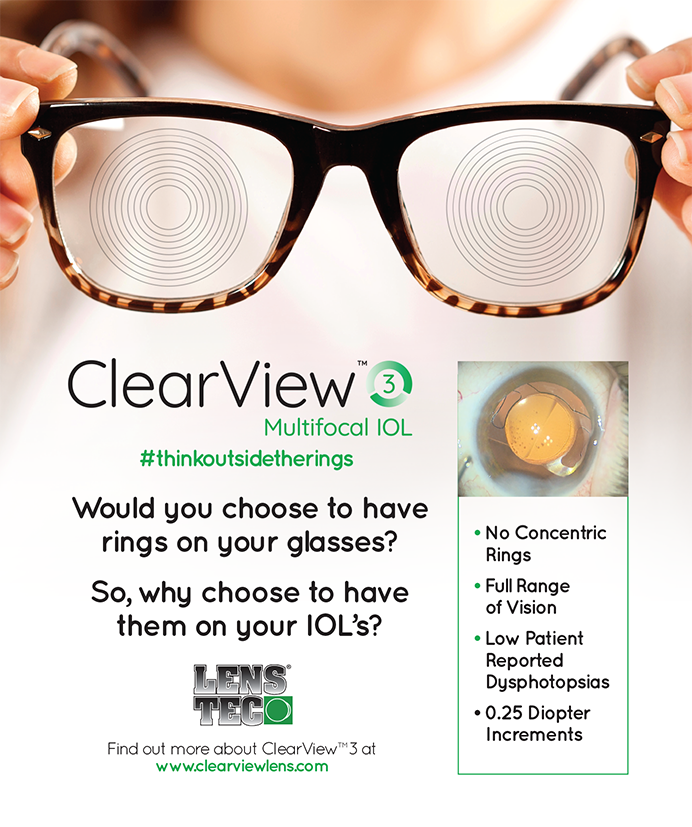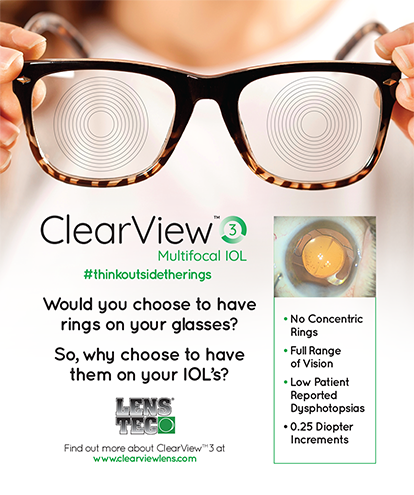

Many doctors are inspired by the prospect of working for a nonprofit organization to help individuals in areas without access to health care.
In the United States and Europe, cataract surgery is the most frequently performed health care procedure,1 and glaucoma and age-related macular degeneration are the primary causes of blindness. Globally, cataracts are the leading cause of blindness.2
The Khmer Sight Foundation, based in Cambodia, represents a commitment to innovative leadership in and practical solutions to tackling global health challenges, particularly cataract blindness. Our story begins here, not just as a tale of medical assistance but also as an exploration of how foresighted action can make a real difference.
OVERCOMING CHALLENGES IN HEALTH CARE DELIVERY
Addressing the needs of patients in underserved areas is a complex task. Challenges range from inconsistent electricity to a lack of basic equipment such as slit lamps and microscopes, phaco machines, IOLs, surgical knives, and medication.
We had the privilege of joining a mission organized by the Khmer Sight Foundation in Phnom Penh, Cambodia. This organization aims to establish a self-sustaining sight program to eradicate curable blindness for present and future generations in Cambodia. Led by Florian Kretz, MD, FEBO, a medical board member of the Khmer Sight Foundation and founder of Augenärzte für die Welt (Ophthalmologists for the World), the mission not only involved surgical work but also raised awareness and funds for the foundation.
The iClinic in Phnom Penh is home to the Khmer Sight Foundation. Established in 2015, the foundation has focused on training local nurses and volunteers for permanent roles at the iClinic to provide consistent basic medical care and support for missions. Our team of ophthalmologists from Germany and Singapore collaborated with local nurses, optometrists, medical students, and volunteers to perform more than 200 surgeries in 5 days.
A DAY AT THE KHMER SIGHT FOUNDATION
A typical day at the iClinic began with Hout, a Cambodian medical student, greeting us at our hotel. Equipped with generous donations from Teleon Surgical, SmileEyes Germany, and PreciseVision, we arrived with suitcases packed with IOLs, anesthetics, and other surgical products (Figure 1). At the iClinic, we were greeted by predominantly elderly patients seated on small red chairs, awaiting their preassessments (Figure 2).

Figure 1. Suitcases filled with IOLs, anesthetics, and surgical materials for use by the Khmer Sight Foundation.

Figure 2. Patients await preassessment at the iClinic.
Preparations for our visit had begun months earlier (Figure 3). Local volunteers ventured into remote areas with slit lamps to examine thousands of individuals, who often waited an entire day to be assessed. Those diagnosed with vision problems, cataracts, or pterygium received transportation and accommodation for their surgery and follow-up care courtesy of the Bank of Cambodia. Translators were arranged to facilitate communication.

Figure 3. Patients are evaluated at the iClinic.
Patient assessment and diagnostics. The cataracts we encountered were some of the densest we had ever seen, often with advanced posterior subcapsular opacity due to sunlight exposure. It was remarkable how some patients navigated their lives despite counting fingers vision in both eyes.
After their eye exams, patients underwent further diagnostic testing, including biometry, OCT imaging, tomography, visual field testing, and ultrasonography.
Surgical procedures and outcomes. Following biometry, patients were escorted to the OR, where the operative eye was marked. The iClinic is a modern, air-conditioned facility that has three surgery units, each with an operating table, microscope, and phaco machine. In the OR, the command aekaphnek (open eye) was often heard.
Our most rewarding moment was witnessing patients’ joy at their restored sight at their examinations on the morning after surgery.
A MEMORABLE CASE
A particularly memorable case involved a 12-year-old boy. Trauma had left him with a fibrotic lens membrane in his right eye that limited his vision to hand motion. Dr. Kretz performed a lensectomy and scleral fixation of an IOL, restoring the boy’s sight.
CALL TO ACTION
The dedication and innovative approach of the Khmer Sight Foundation have paved a way forward, bringing not just sight but also hope and resilience to many. Our story is a reminder of the profound impact that visionary thinking can have on health care—not only is a better future envisioned, but participants work actively to create it for the benefit of all.
We encourage our fellow ophthalmologists, industry colleagues, and other medical professionals to consider assisting the Khmer Sight Foundation. Scan the QR code to learn more about the foundation.
1. Eurostat. Surgical operations and procedures statistics. Eurostat Statistics Explained. August 2023. Accessed January 10, 2024. https://ec.europa.eu/eurostat/statistics-explained/index.php?title=Surgical_operations_and_procedures_statistics#Number_of_surgical_operations_and_procedures
2. Blindness and visual impairment. World Health Organization. August 10, 2023. Accessed January 10, 2024. https://www.who.int/news-room/fact-sheets/detail/blindness-and-visual-impairment




